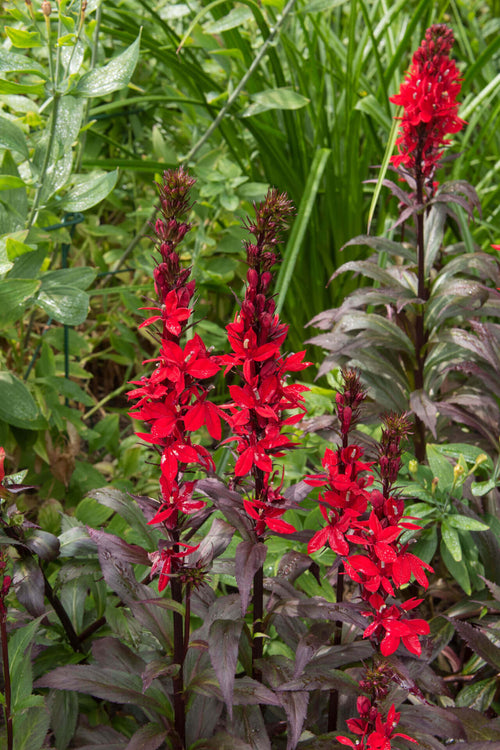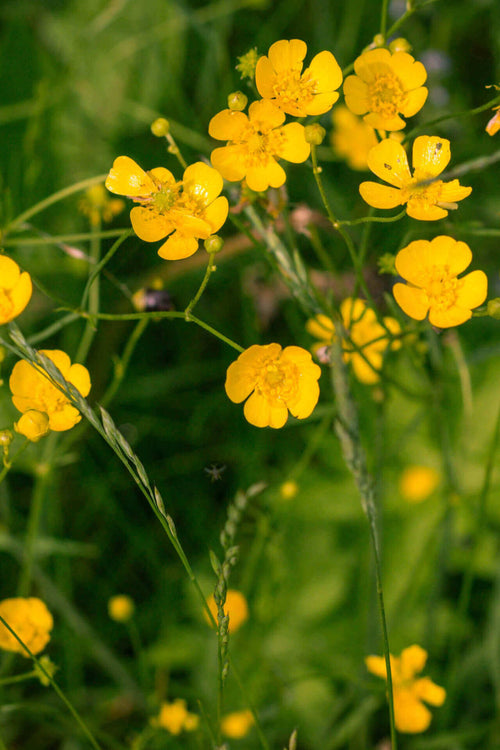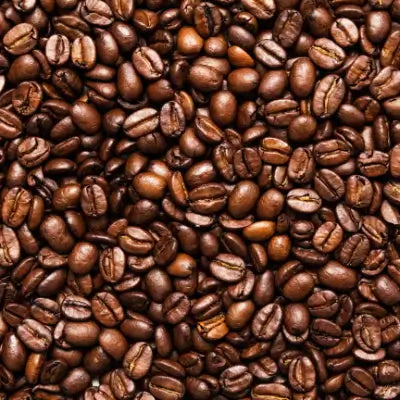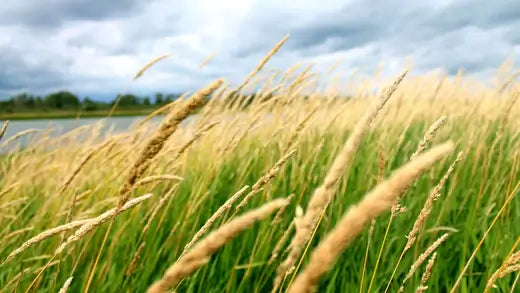Characteristics, Growth, and Management
The creeping buttercup (Ranunculus repens) is a well-known perennial plant that belongs to the Ranunculaceae family. Known for its vibrant yellow flowers and low-lying growth habit, the creeping buttercup is found in various parts of the world and can be both a charming addition to gardens and a troublesome weed in lawns and fields. This article will explore the characteristics, growth patterns, ecological significance, and management strategies associated with the creeping buttercup plant.
Characteristics: Creeping buttercup is recognized for its distinctive appearance. It boasts bright yellow, cup-shaped flowers with glossy petals that catch the eye in spring and early summer. These flowers are typically 1 to 2 centimeters in diameter and form clusters at the end of long stems. The leaves of the creeping buttercup are deeply lobed, with three leaflets that are toothed and coarsely textured. The leaves are often reminiscent of the shape of a clover leaf, though with a shinier surface.
This plant spreads through its creeping stems, which lie close to the ground and send down roots at the nodes, enabling vegetative reproduction. The stems can root wherever they come into contact with moist soil, contributing to its rapid spread.
Growth Patterns: Creeping buttercup is a perennial plant that thrives in damp environments. It is commonly found in wetlands, marshes, meadows, and along riverbanks. The plant typically goes through a growth cycle that involves a period of dormancy during the colder months and then a burst of growth in the spring. As temperatures rise and daylight hours increase, the creeping buttercup emerges from dormancy and begins to send up its distinctive foliage. Flowering usually occurs in late spring to early summer, when the bright yellow blooms create a visually striking display.
Ecological Significance: Despite its reputation as a weed in specific settings, the creeping buttercup does have some environmental significance. Its ability to thrive in wetlands and other waterlogged areas makes it a valuable contributor to stabilizing soil and preventing erosion. The creeping buttercup flowers also provide nectar for pollinators, contributing to local ecosystems.
Management Strategies: For gardeners and land managers, dealing with creeping buttercups can be a challenge due to their aggressive growth and ability to spread. However, several strategies can be employed to manage its presence effectively:
Cultural Control: A healthy, well-maintained lawn or garden is more resistant to weed invasion. Ensuring proper fertilization, irrigation, and mowing practices can create an environment where the creeping buttercup struggles to establish itself.
Manual Removal: In smaller garden settings, manually removing creeping buttercup plants can be effective. However, it's essential to ensure that all parts of the plant, including the roots, are drawn to prevent regrowth.
Mulching: Applying a thick layer of organic mulch can help smother emerging buttercup seedlings. It prevents light from reaching the soil and inhibits its growth.
Chemical Control: Herbicides can be used to manage creeping buttercup, especially in larger areas. Consult with local gardening experts or extension offices to determine the most appropriate herbicide and application method.
Improving Drainage: Since creeping buttercups thrive in moist environments, improving drainage in waterlogged areas can make the habitat less favorable for growth.
Competition: Planting competitive ground covers or dense grasses can help suppress the growth of creeping buttercups by limiting their access to light and nutrients.
The creeping buttercup, with its sunny yellow flowers and distinctive leaf shape, is a plant that captures attention wherever it grows
While it has ecological value and can be an attractive addition to gardens when correctly managed, its ability to spread aggressively can lead to weed issues in specific landscapes. By understanding its growth patterns ecological significance, and employing effective management strategies, gardeners and land managers can strike a balance between appreciating its beauty and preventing its unchecked proliferation.
The creeping buttercup (Ranunculus repens) is a cheerful emblem of nature's vitality and beauty in the verdant tapestry of meadows and gardens. With its sunny yellow flowers and distinctive leaf shape, this familiar yet captivating plant has earned a place in literature and the hearts of those who appreciate the simple wonders of the natural world. As a member of the Ranunculaceae family, the creeping buttercup's visual appeal belies its intricate botanical characteristics and the role it plays within its ecosystems.
The most conspicuous feature of the creeping buttercup is undoubtedly its radiant yellow flowers. These blooms, resembling miniature suns, stand as a testament to the plant's resilience and adaptability. The vibrant hue captures the attention of human observers and serves a vital ecological function: attracting pollinators. The flowers, adorned with glossy petals, reflect sunlight intensifying their golden glow. Their cheerful disposition has inspired poets and artists, symbolizing joy, rejuvenation, and the cyclic rhythm of nature.
The creeping buttercup's leaves are equally distinctive, often described as trifoliate due to their three-lobed shape. The lush green foliage spreads along the ground, intertwining to create a lush carpet of growth. The leaves' serrated edges contribute to the buttercup's overall visual appeal while hinting at its botanical potency.
Yet, beneath their surface lies a remarkable adaptation—glands that secrete an acrid, slightly poisonous substance known as ranunculin. It is a natural defense mechanism, deterring herbivores and protecting the plant from excessive grazing. Through this symbiotic dance between form and function, the creeping buttercup illustrates flora's intricate strategies to ensure their survival in the wild.
Beyond its aesthetic allure, the creeping buttercup is pivotal in its ecosystems
As a perennial plant, it persists throughout the seasons, anchoring itself with a network of roots that hold the soil in place, preventing erosion. Its low-lying growth habit aids in stabilizing the earth in areas prone to disturbances, such as riverbanks or sloping hills.
Furthermore, the buttercup's early spring emergence contributes to the vitality of these environments by providing an early source of nourishment for pollinators and herbivores alike. As the plant establishes its presence, it sets the stage for a succession of species, fostering biodiversity and maintaining the ecosystem's health.
However, the creeping buttercup's ecological significance has its challenges. Its vigorous growth and ability to reproduce through seeds and runners contribute to its classification as a weed in specific contexts. It can become invasive in agricultural fields and gardens, outcompeting desired crops and ornamental plants. Its persistence and rapid expansion underscore the delicate balance between managing the natural world and human cultivation.



















































